Visitors to the port city of Odawara, Kanagawa Prefecture, Japan, will have the opportunity to live in an ancient castle, experiencing a day as a feudal lord.
Odawara is a destination with a rich history that shaped modern Japan. Visitors who want to learn more about the place can experience a trip back in time, living like a Japanese feudal lord (daimyo) for a day.
Odawara, 80 km from the city center, is a popular destination for foreign tourists who want to learn about the history of the land of the rising sun. Tourists taking the bullet train via the golden route of Tokyo, Kyoto and Osaka often stop in this city. Currently, the number of foreign visitors to Odawara has exceeded the peak at the end of 2019. The Japanese government is constantly promoting and encouraging tourists to visit this impressive but not yet famous destination on the country's tourist map.
One of the moves to boost tourism here is an initiative to let visitors experience the life of a daimyo. Visitors will live in an ancient castle, dress up in a lord's costume, and be appointed lord of the domain. This experience provides visitors with an insight into the history of Odawara.
Naoya Asao, head of the international promotion division of the Odawara Tourism Association, said the campaign is expected to put Odawara on the map alongside other popular tourist cities in Japan, while also encouraging visitors to stay longer instead of mainly visiting on a day trip like before.
"Odawara is considered a gateway to more famous destinations, such as Hakone or the Izu Peninsula. However, there are many interesting things here," said Naoya Asao.
Celestine, 37, chose to join the experience of being a lord for a day with three friends. Before starting, they were helped to change into feudal-era clothes. The costume team for historical drama actors assisted visitors to put on the clothes properly.
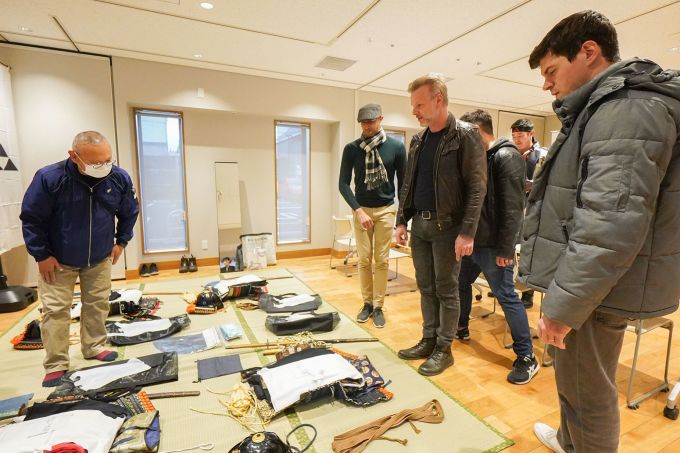
Tourists prepare to change into feudal lord costumes. Photo: Odawara Tourism Association
First, the traveler would don a long white undershirt held in place by a belt around the waist. Next, he would wear tight, loose-fitting trousers that extended past the knees, tied tightly over the legs, before attaching his protective armour. Traditionally, the armour was made of iron braces attached to chainmail.
The individually designed armored sleeves are strapped into place before the chest armor is attached. The back and hips are held in place by a wide belt.
Next comes the weaponry. Each person receives a long sword, or katana. This is the weapon used to strike down enemies. Another, shorter sword, the wakizashi, must remain sheathed until its owner commits a crime serious enough to commit "seppuku." Also known as ritual self-severance, cutting the abdomen into an L shape.
The complete outfit of the lord also includes a curved, jet-black helmet - kabuto. After donning the costume, the modern-day lords begin their journey back in time. The sight of foreigners in daimyo costumes attracts curious glances from the locals. On the way to Odawara Castle, the lord is greeted by people dressed as warriors from the Sengoku period, around the 15th-16th century.
During a day in the castle, visitors take on the role of a lord and learn about the history and development of the port city of Odawara.
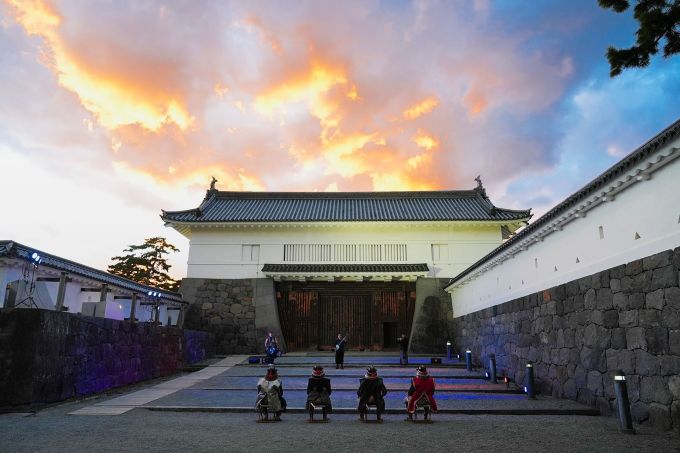
Traditional musical instrument performance in the grounds of Odawara Castle. Photo: Odawara Tourism Association
Strategically located on a narrow plain between Sagami Bay and the steep mountains at the foot of Mount Fuji, Odawara controlled nearly all land traffic between the ancient capital of Kyoto and Edo, which became present-day Tokyo.
Clans fought over control of Odawara until the Hojo clan made it the base of their domains that covered much of what is now the Kanto region of eastern Japan. Odawara Castle was the ultimate symbol of the Hojo clan’s power and authority during the 1500s. Five generations of the Hojo clan built Odawara Castle into one of the most formidable castles in the country, and it was never attacked during the civil wars of the time.
However, in the following centuries, the castle was damaged by war and earthquakes. The Meiji government ordered the castle to be demolished for the last time in 1870. It was not until 1960 that the five-story castle was rebuilt with reinforced concrete, and other historical structures in the 106-hectare campus were also restored to their former glory. In spring, this place is covered with the brilliant colors of cherry blossoms.
Leaving the main castle, the daimyo cross a defensive moat to reach the traditional home of the Fuma ninja clan, allies of the Hojo clan. Here, visitors are greeted by a performance of traditional "taiko" drums, "shamisen" lutes and "shinobue" flutes. Visitors are also treated to a demonstration of the skills of Japan's legendary ninja. The area also has a museum dedicated to ninjas, which opened in 2019, on the grounds of Odawara Castle. There is also a small museum displaying local treasures, including meticulously preserved scrolls, kimonos and swords.
After the tour, the lords were led to a reception on the fifth floor of the castle. Visitors were presented with a scroll bearing the official seal of the Hojo clan, drank wine, and enjoyed the peaceful land of Odawara.
The top floor of the castle also hosts mindfulness classes. Participants are invited to sit cross-legged and straight on square cushions on the floor to best focus on breathing in and out from deep within the body.
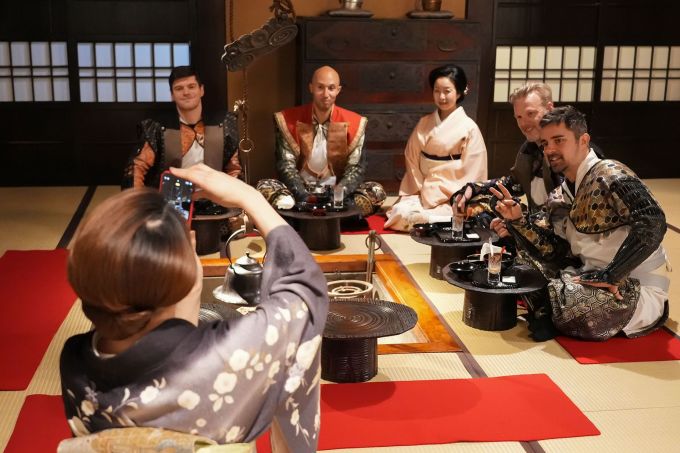
Tourists in the role of lords enjoy a traditional party with geisha. Photo: Odawara Tourism Association
The day ends with a banquet for the daimyo at a nearby restaurant. The path to the restaurant passes through a traditional moss garden, with carefully trimmed trees and stone lanterns. The daimyo is greeted by kneeling geisha and dines at an irori. The kaiseki meal features delicacies such as local sashimi and sansai mountain vegetables. While the daimyo eats and drinks and toasts each other with local sake, a geisha dance begins, with the guests’ glasses being refilled.
After the party, the daimyo returned to the castle and slept on the top floor. In the morning, they would return to being commoners and resume their daily lives.
Bich Phuong (According to CNN)
Source link






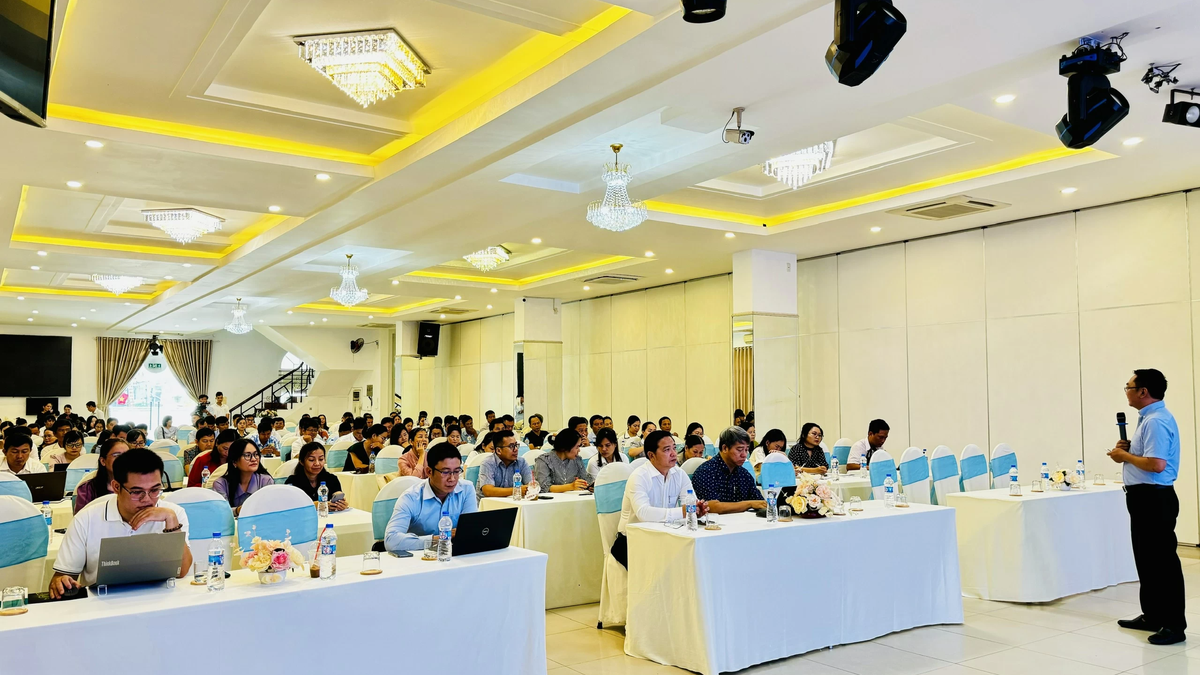





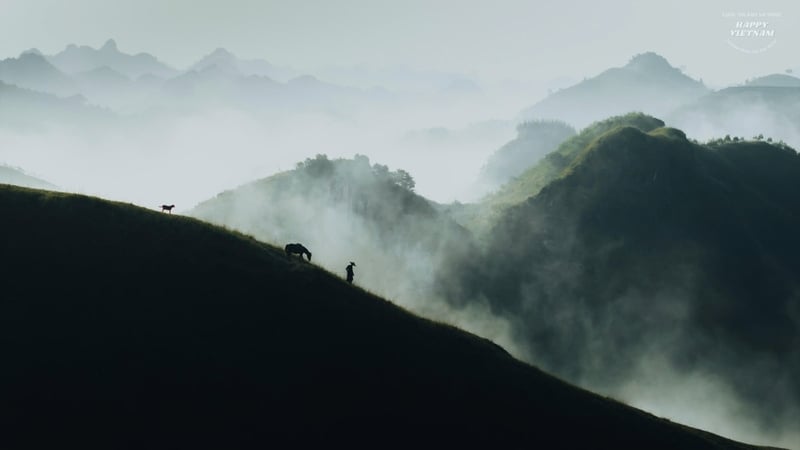









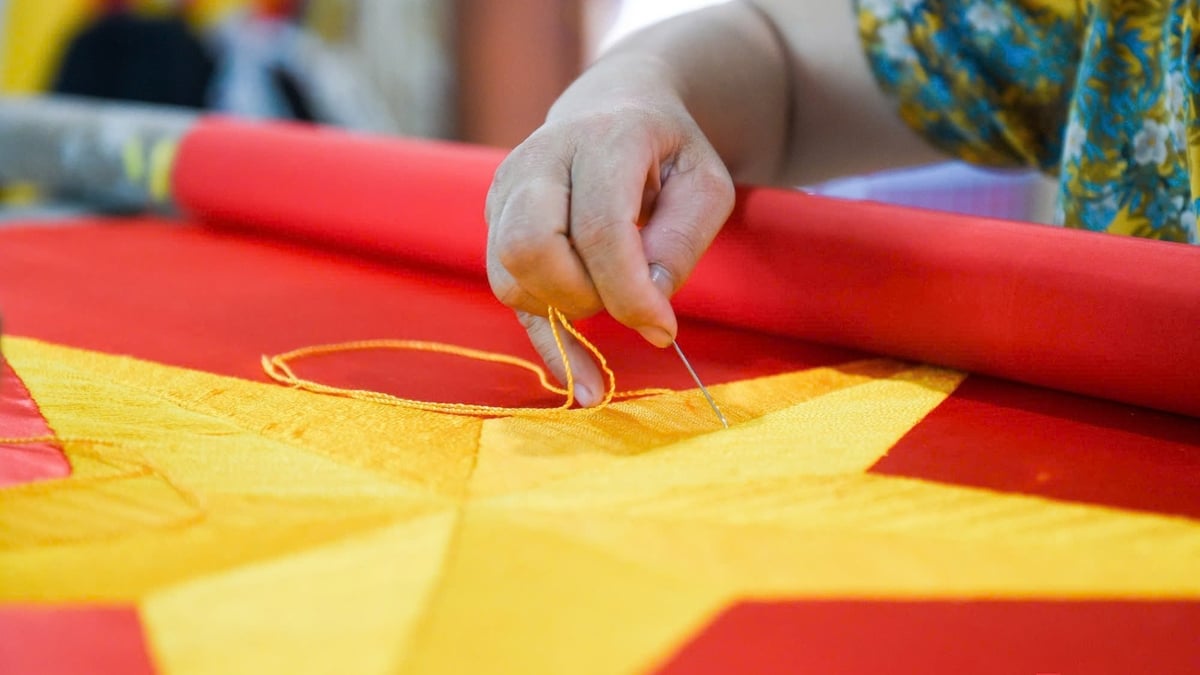

![[Photo] Nghe An: Provincial Road 543D seriously eroded due to floods](https://vphoto.vietnam.vn/thumb/1200x675/vietnam/resource/IMAGE/2025/8/5/5759d3837c26428799f6d929fa274493)


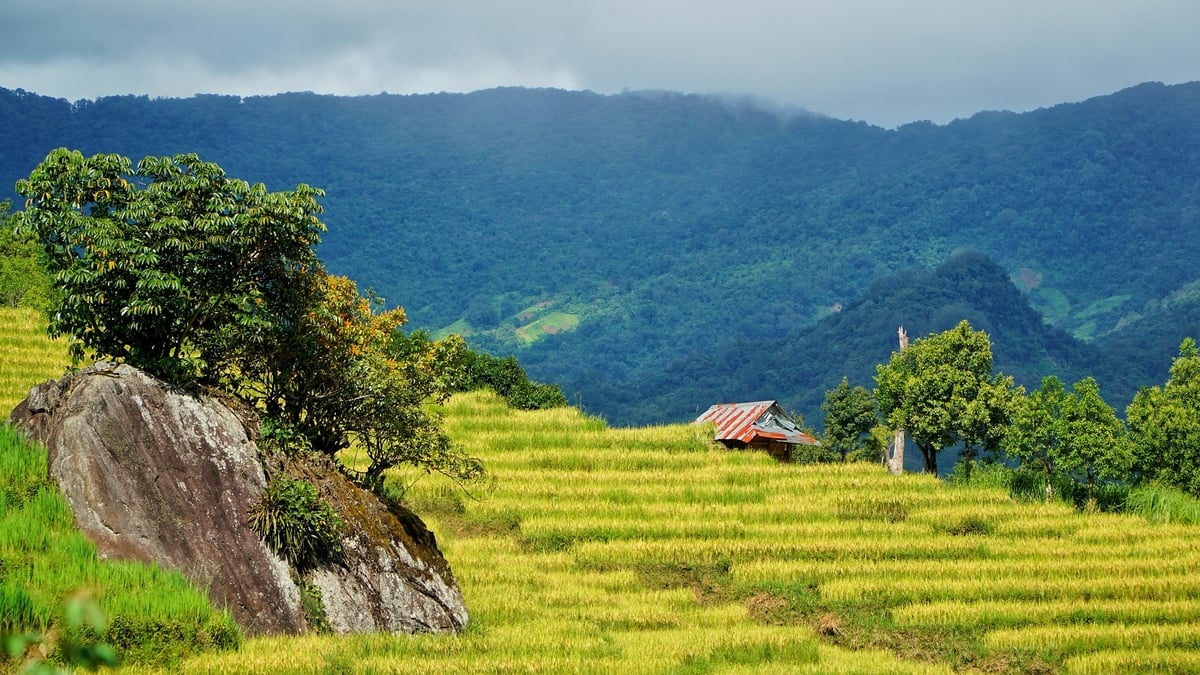

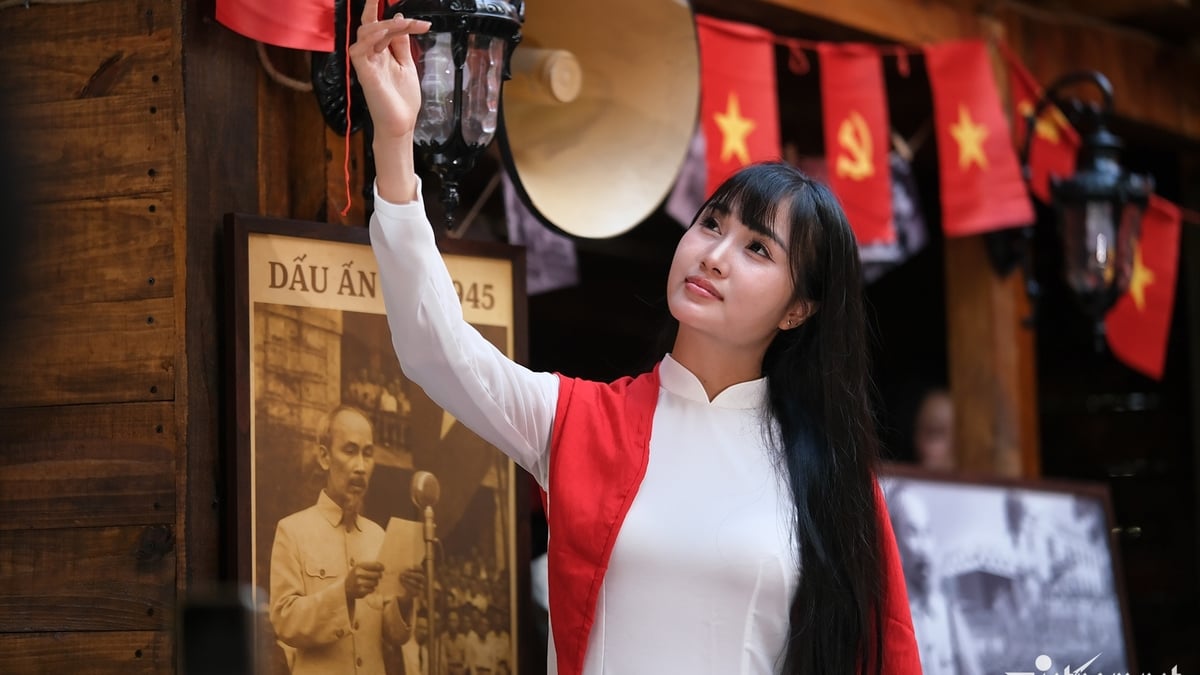

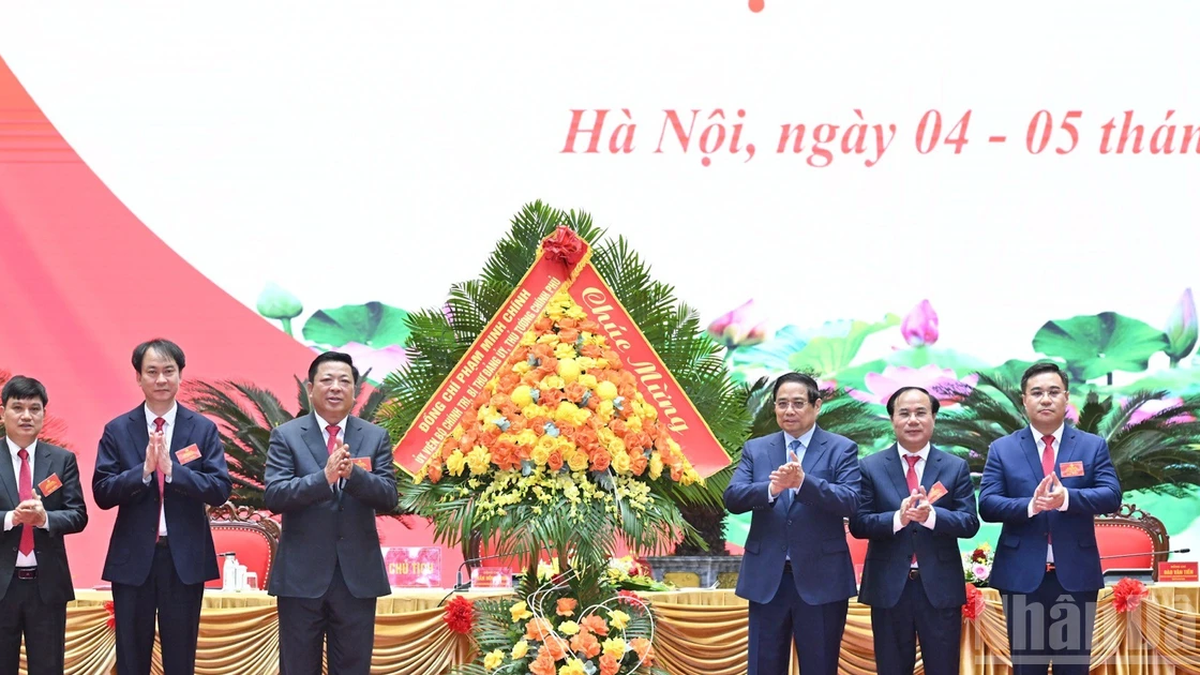
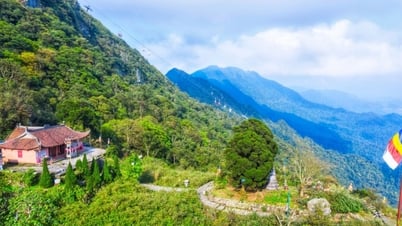

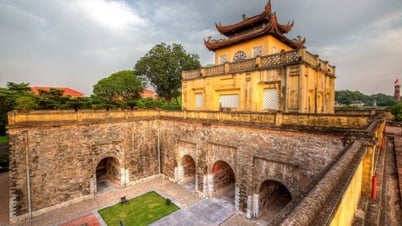



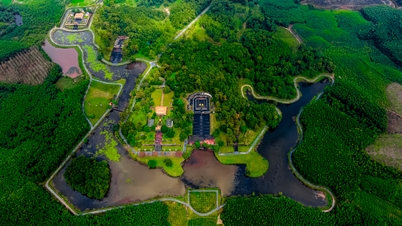



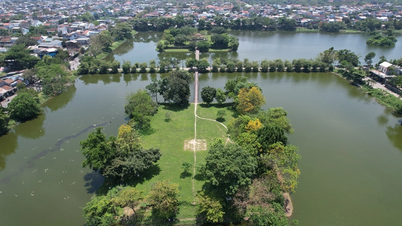







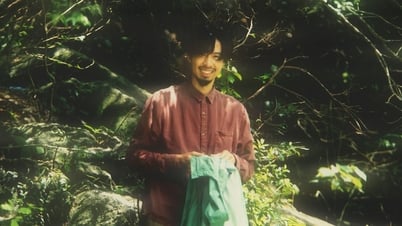












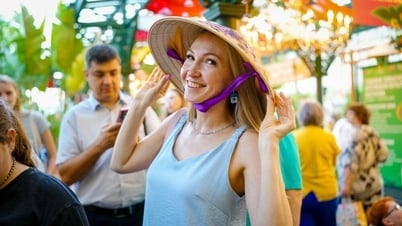





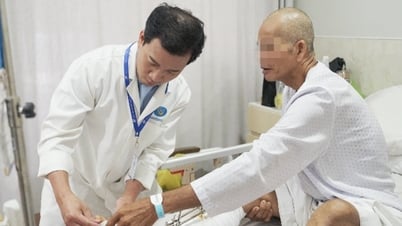















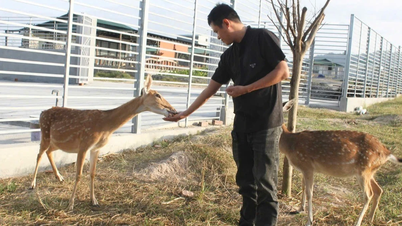






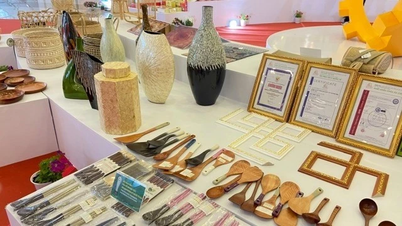





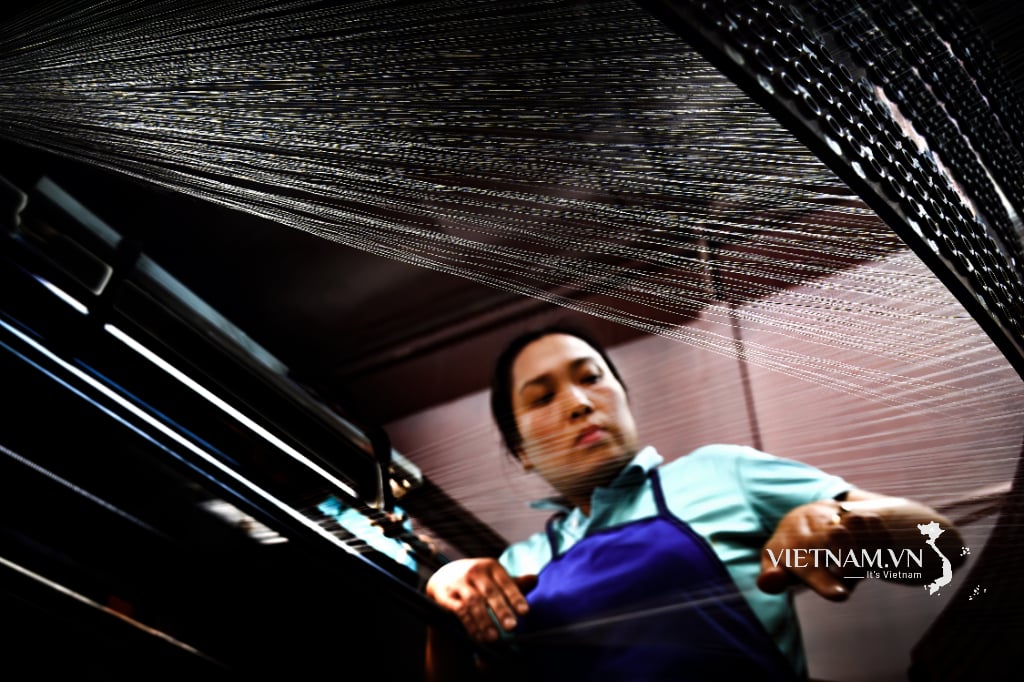
Comment (0)